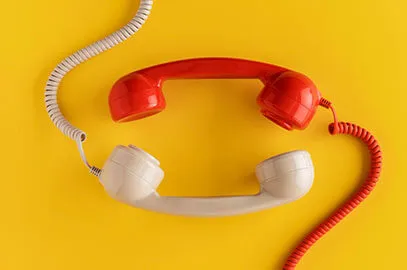Technology advances for disabled

In a general definition, assistive technology refers to any tool or service that helps people with disabilities do their daily tasks more independently. In other words, assistive technology includes any product or service that is used to increase, maintain, or improve the capabilities of a disabled person. These products and services can be purchased, modified, or customized, and can be used in areas such as learning, communication, or better function in ordinary work.
When recognizing and distinguishing assistive technology, you should consider two important points: First, the medical devices or equipment that are surgically implanted in someone’s body, do not fall into the definition of assistive technology. The next point is that assistive technology does not necessarily rely on advanced technology. For example, a pair of glasses can be an assistive technology for someone with vision problems. Also, a remote control can also be an assistive technology for a child who has broken legs. Meanwhile, there are also some highly advanced systems in this group, like an eye-tracking system for providing a communication way for a person with severe motion disability by looking at different letters.
Use of assistive technology
There are relatively clear routines to deciding on the use of assistive technology and selecting them. In many cases, the person himself recognizes the needs to use of such products but chooses them with the help and advice of specialists. For example, consider a person who is suffering from eyestrain, red eyes or even headaches while studying or watching television. Such a person naturally visits an ophthalmologist after a while, which will prescribe glasses if needed. The same applies to people with hearing problems. In this case, the hearing aid is considered an assistive technology. In more complex cases, it may be necessary to take a comment from a team of experts in different fields. At the other end of this spectrum, sometimes the person himself may recognize the need to use different methods to perform the tasks more efficiently and reduce the impact of his potential disabilities; so selects one of the existing solutions as an assistive technology based on available possibilities. For example, a person who can hardly read a text on a webpage solves the problem simply by changing the size of the fonts.
Assistive technology for web content accessibility
As we look at the assistive technology from an accessibility of web content view, let’s also check some approaches to help disabled people using computers, smart devices and also web content. The most important assistive technology services in this section include:
– Screen magnifier: This tool allows the user to control the size of images and text on the screen. The difference between this service and the general zoom function is that it allows the user to enlarge a specific part of the content of the screen, just as when using a magnifying glass on a magazine page.
– Screen readers: These tools read the entire page content for the user. In this way, blind or visually impaired people can be fully aware of the content of the page they are visiting.
– Text-readers: In addition to blind and visually impaired users, people with print Impairment or learning disabilities can also use these tools. Most text-reading services highlight a portion of the text they are reading on the page to help users follow the text. Also, these tools often only read the text, not menus or image descriptions.
– Closed captions: Although this may seem a bit strange at first glance, the closed caption for video is a very popular assistive technology. The caption allows people with hearing disabilities to use the content of the videos presented on the web.
– Text composition control features: Sometimes there is no need to zoom on the text to improve its readability, and the user can simply take advantage of the digital content of his choice just by changing the font size, the color of text and its background, or even the line spacing.
– Specific input tools: Sometimes the problem of disabled users doesn’t relate to using the provided content. In fact, they have a problem with supplying their inputs because for various reasons they can’t use devices such as keyboards or mice like other people. In these cases, assistive technology is being implemented on the user’s side, not the service. The most commonly used assistive technology tools in this area include: head pointers, like pushing keys with a stick mounted on head or moving the mouse pointer with head movement; eye-tracking system for moving mouse pointer or typing letters; and single switch entry devices, in which a marker moves on the screen options or the keys of a virtual keyboard on the screen, and whenever the marker is on the users intended item, he can press the switch.
Regardless of the simplicity or complexity of an assistive technology, the matter of selecting and using it properly is of great importance. Today, many reputable sites provide a variety of accessibility options for their users. Getting to know these services and how to use them can significantly help people with disabilities to take advantage of online services just like other users.


